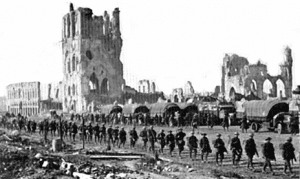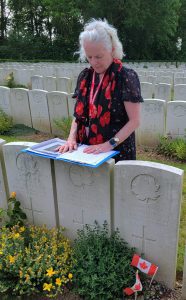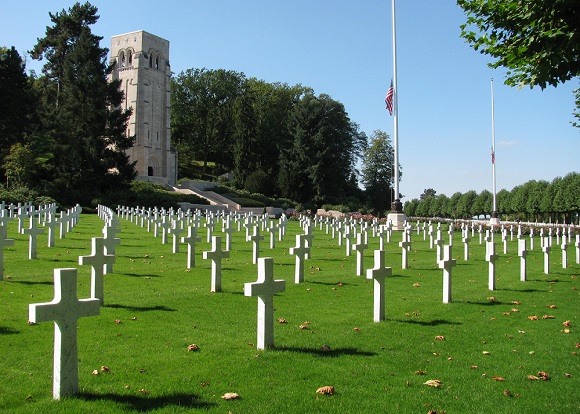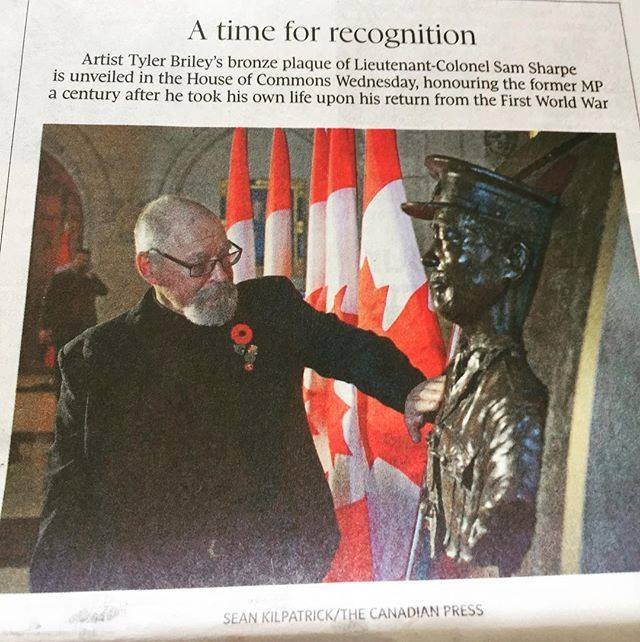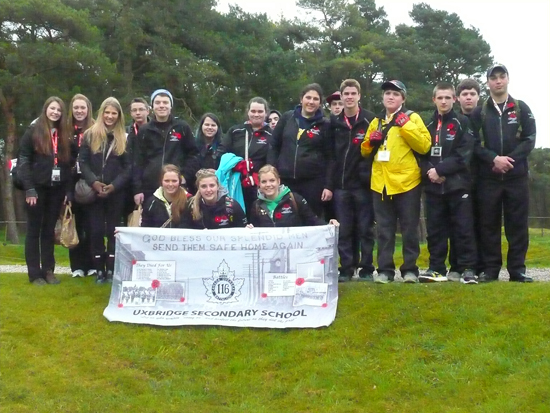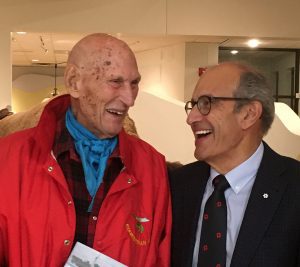
I was told he was coming. John Watson arrived a few minutes before I began a presentation about a major Second World War story, last Wednesday night in Swift Current, Sask. Watson is a tall man. He wore a red jacket, a scarf, and had a twinkle in his eye as we shook hands.
“Thank you for coming, Mr. Watson,” I said. “I understand you’re a veteran, that you served overseas in the last war with the Regina Rifles.”
“Yes, I did,” he said. “But don’t forget the ‘Royal’ part.”
“The Royal Regina Rifles,” I corrected myself, then added, “No doubt ‘Royal’ because of you.”
He laughed and said, “I was just a rifleman.” (more…)
